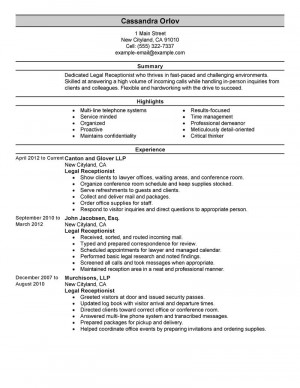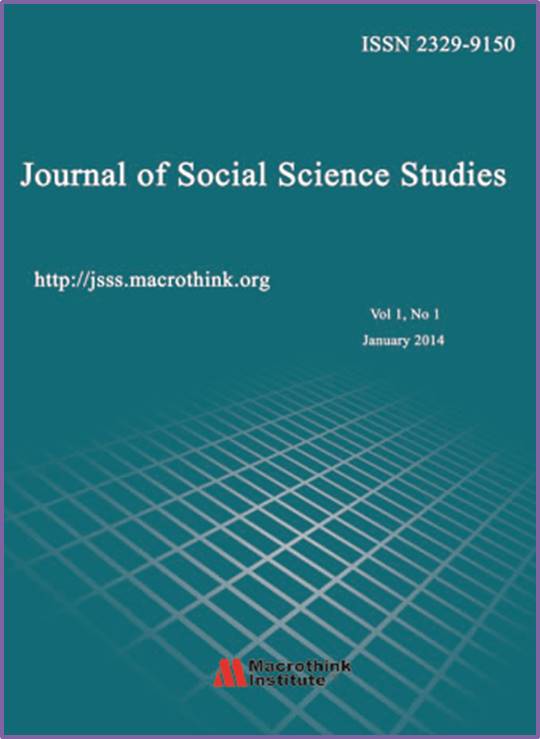Common UK Butterfly Identification and Facts - Woodland Trust.
Other feature differences between butterflies and moths. There are a few other features that people sometimes use to differentiate butterflies from moths. Although these features may be true for some butterflies, they do not occur in some of our native New Zealand species. Colour: Butterflies are usually thought to be colourful. Many native.
Difference between Butterfly and Moth. Butterfly 1. Diurnal 2. Butterflies are generally brightly coloured 3. Slim and less hairy body 4. Antennae are knobbed at their tips 5. At rest, wins lie at right angles to the surface 6. Forewing and hindwings are not connected 7. Pupae are naked Moth 1. Nocturnal 2. Moths are generally dull coloured 3.Fatter and more hairy body 3.Antennae are pointed.

Butterflies and moths are second only to beetles as the largest group of animals in the world. Even with the 165,000 species of butterflies and moths that have been described, there are still an estimated 100,000 species that have not. Butterflies and moths are insects that scientists call Lepidoptera, meaning, “scale winged” in Greek. They.

Butterflies usually have larger wings than moths, which they hold vertically when at rest (moths, in contrast, flatten their wings or wrap them around themselves when at rest). Butterflies are more active during the day than moths. A butterfly's chrysalis usually hangs from a branch while a moth's cocoon is usually on the ground or underground.

Both taxonomists and amateurs make use of the obvious differences between butterflies and moths. Morphological differences Shape and structure of antennae. The most obvious difference is in the feelers, or antennae. Most butterflies have thin slender filamentous antennae which are club shaped at the end. Moths, on the other hand, often have comb-like or feathery antennae, or filamentous and.

Lepidoptera - UK and European Butterflies and Moths. Here are some of the butterflies and moths you will see in the countryside in many parts of the UK and Europe. There are links to larger pictures and information about each species.

Butterflies, skippers and moths all belong in the insect order Lepidoptera. However, there are some overall rules that can be used to tell a moth from a butterfly or skipper. Moths, butterflies and skippers are all insects in the order Lepidoptera. Worldwide, there are five families of butterflies and one family of skippers, which share some.

Compare and Contrast Bees and Butterflies- Such a fun activity for Third Grade. The NO PREP Packet for May teach on a variety of core concepts, including math, language, science and everyday life.

Symbolism of the Moths in In the Time of the Butterflies Moths have always been famous for congregating around light. They are always found to be blindly swarming around a patio light or street lamb, drawn by the artificial warmth.

The Lepidoptera are classified into the two groups, butterflies and moths.Butterflies are a natural monophyletic group. They are often placed in the suborder Rhopalocera, which includes Papilionoidea (true butterflies), and the Hesperiidae (skippers), and Hedylidae (butterfly moths). In this taxonomic scheme, moths belong to the suborder Heterocera. Other taxonomic schemes have been proposed.

Learn About Butterflies and Moths. Have you ever wondered if caterpillars have teeth? How high butterflies can fly? On these pages, find in-depth information about the behavior, appearance, life cycle, and handling of butterflies and moths.

Butterflies (and the related Skippers) are the quintessential summertime insect across North America, representing 760 complete species while a full 12,000 are known to roam North America and some 165,000 have been categorized worldwide. Moths are similar creatures and their differences abound but all of these insects fall under the.

Moths. Moths either have feathery antennae, or filamentous and unclubbed The silkmoths, such as the Atlas moths, do all their eating when caterpillars, so the adults do not even have mouthparts and live only a week or two. Many have a 'frenulum' or filament arising from the hindwing that couples with barbs on the forewing, that butterflies lack.



